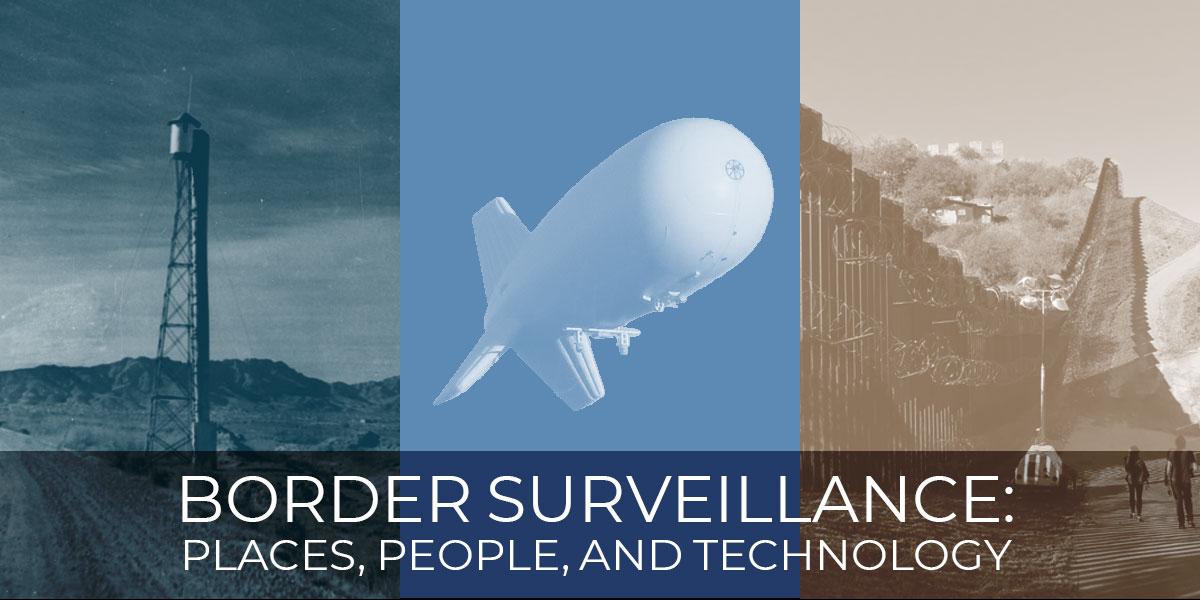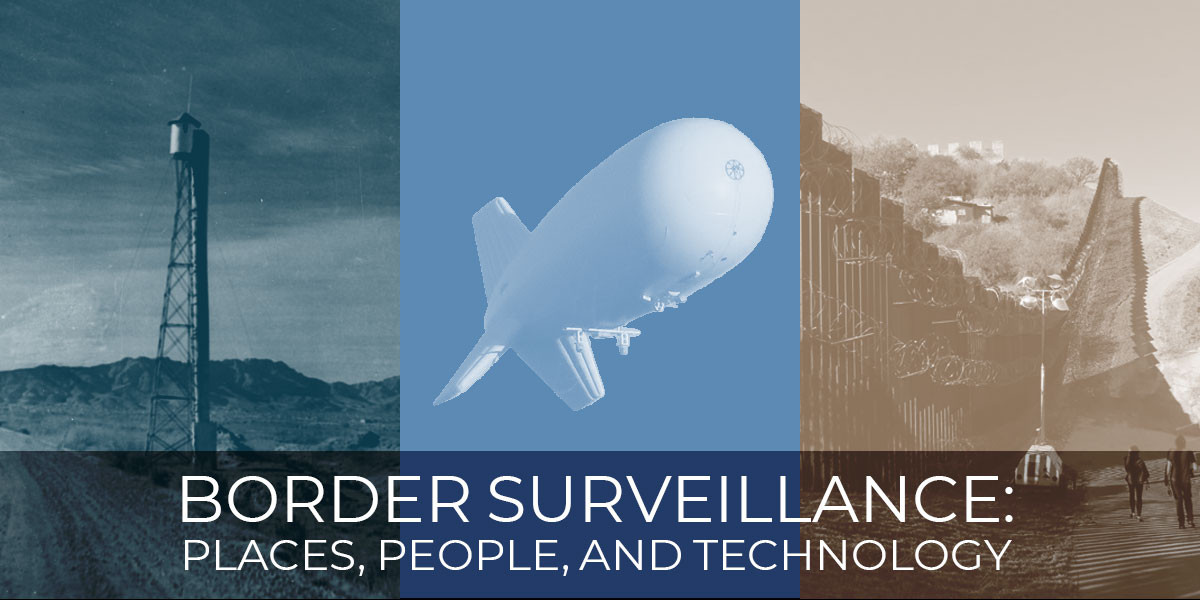EFF has created a traveling exhibit, “Border Surveillance: Places, People, and Technology,” which will make its debut at the Angel Island Immigration Station historical site this spring.
The exhibition on Angel Island in San Francisco Bay will run from April 2, 2025 through May 28, 2025. We would especially like to thank the Angel Island Immigration Station Foundation and Angel Island State Park for their collaboration. You can learn more about the exhibit’s hours of operation and how to visit it here.
For the last several years, EFF has been amassing data and images detailing the massive increase in surveillance technology infrastructure at the U.S.-Mexico border. EFF staff members have made a series of trips along the U.S.-Mexico border, from the California coast to the tip of Texas, to learn from communities on both sides of the border; interview journalists, aid workers, and activists; and map and document border surveillance technology. We created the most complete open-source and publicly-available map of border surveillance infrastructure. We tracked how the border has been used as a laboratory to test new surveillance technologies. We went to court to protect the privacy of digital information for people at the border. We even released a folder of more than 65 open-licensed images of border surveillance technology so that reporters, activists, and scholars can use alternative and open sources of visual information to inform discourse.
Now, we are hoping this traveling exhibit will be a way for us to share some of that information with the public. Think of it as Border Surveillance 101.
We could not ask for a more poignant or significant place to launch this exhibit than at the historic Angel Island Immigration Station. Between 1910 and 1940, hundreds of thousands of immigrants, primarily from Asia, hoping to enter the United States through the San Francisco Bay were detained at Angel Island. After the Chinese Exclusion Act of 1882 prevented Chinese laborers from moving to the United States, immigrants were held on Angel Island for days, months, or in some cases, even years, while they awaited permission to enter the country. Unlike New York City’s Ellis Island, which became a monument to welcoming immigrants, Angel Island became a symbol of exclusion. The walls of the buildings where people awaited rulings on their immigration proceedings to this day,bear inscriptions and carved graffiti that show the depths of their uncertainty, alienation, fear—and hope.
We hope that by juxtaposing the human consequences of historic exclusion with today’s high-tech, digital surveillance under which hopeful immigrants, asylum seekers, and borderlands residents live, we will invite viewers to think about what side of history they want to be on.
If your institution—be it a museum, library, school or community center—is interested in hosting the exhibit in the future, please reach out to Senior Policy Analyst Matthew Guariglia at matthew@eff.org.
ProgramingIn addition to the physical exhibit that you can visit on Angel Island, EFF will host two events to further explore surveillance at the U.S.-Mexico border. On April 3, 2025 from 1-2pm PDT, EFF will be joined by journalists, activists, and researchers that operate on both sides of the border, for a livestream event titled “Life and Migration Under Surveillance at the U.S.-Mexico Border.”
For people in the Bay Area, EFF will host an in-person event in San Francisco titled “Tracking and Documenting Surveillance at the U.S.-Mexico Border” on April 9th, 6-8pm hosted by the Internet Archive. Please check our events page for more information to RSVP.




